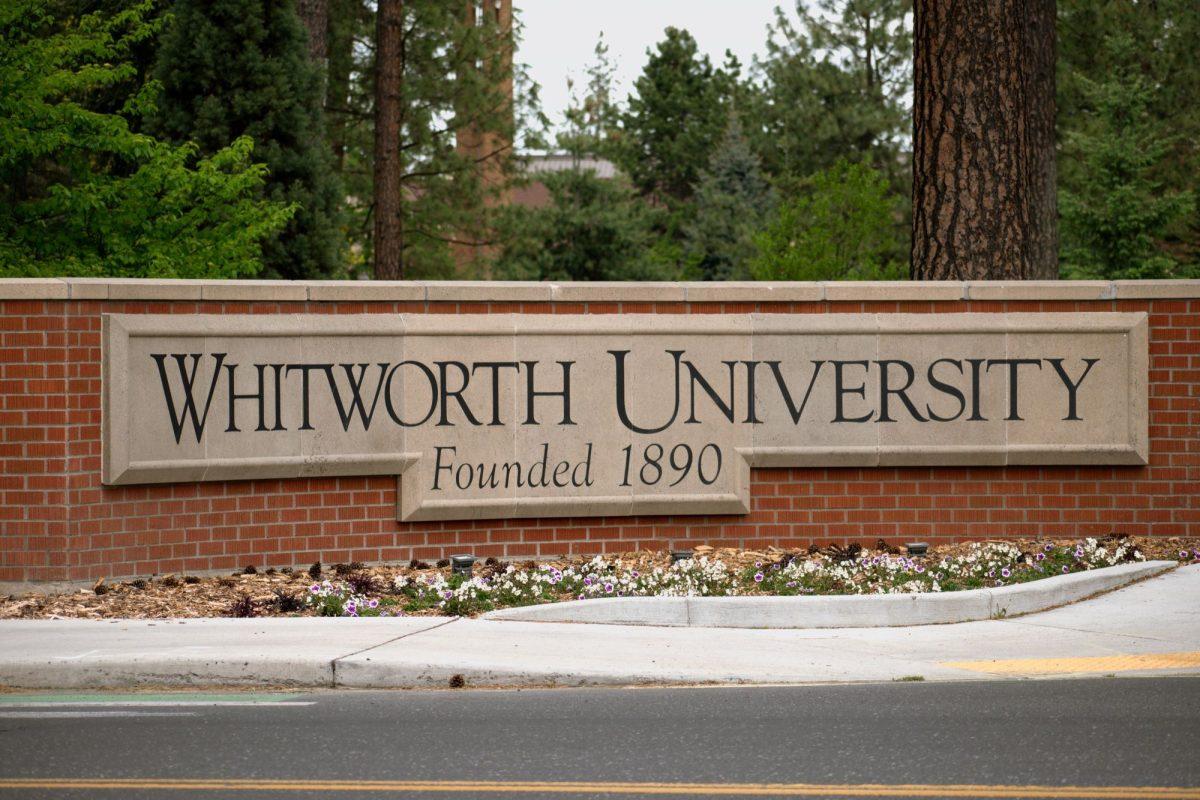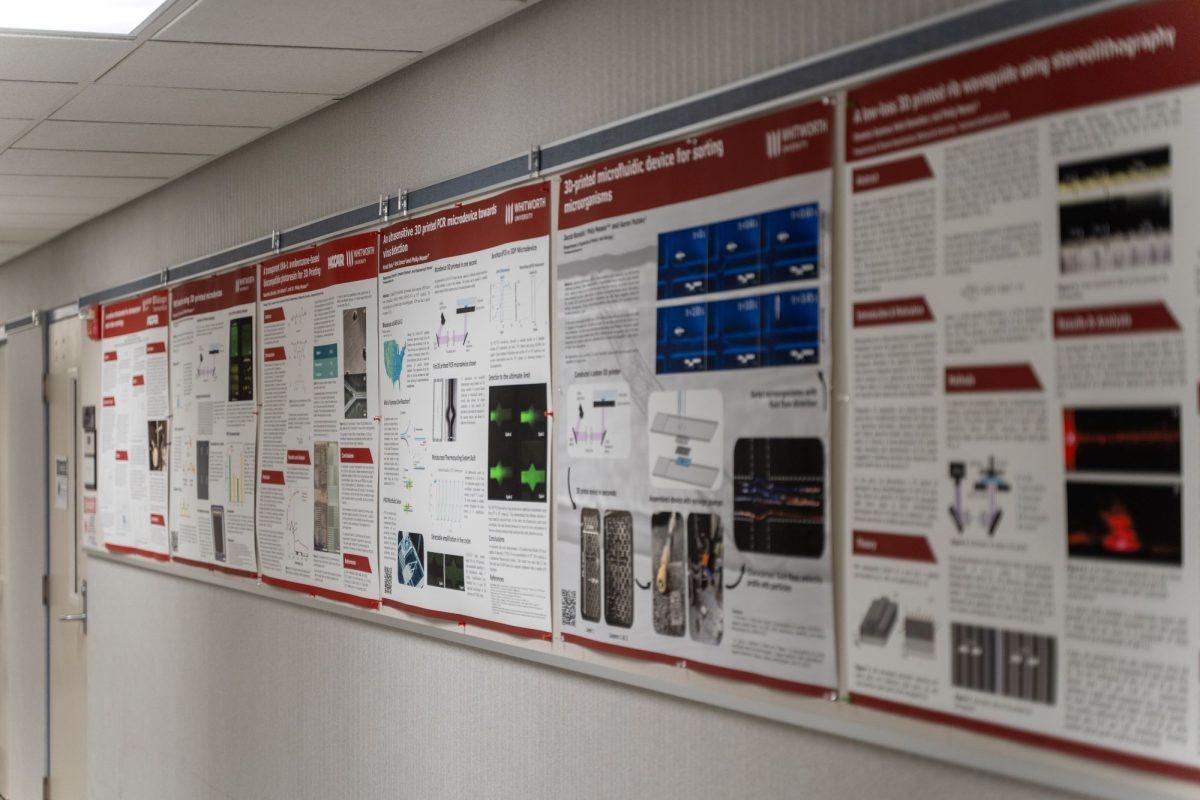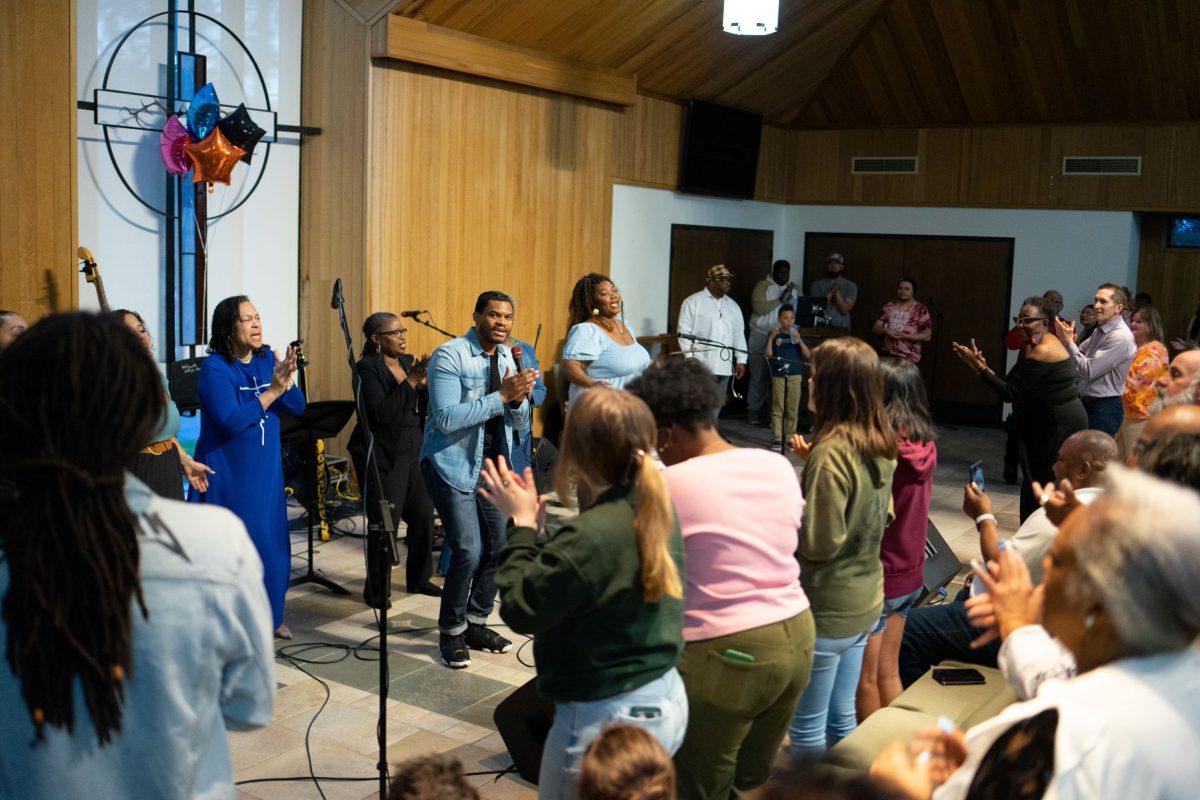The 2010 academic year welcomed a larger student body than anticipated. As bags were unpacked and beds were bunked, the university faced the problem of trying to accommodate nearly 3,000 full-time students; cue the comments about overcrowding. Yet, the overcrowding problem had a different effect for ASWU.
According to the ASWU budget, which was created in the spring of 2010, prior to knowing for sure how many students would actually attend, the budget committee anticipated 1,980 students for the fall and 1,920 for the spring.
These estimated numbers were used by the business department as well, said Dayna Coleman Jones, assistant dean of students.
The number of matriculated day students that actually showed up was closer to 2,200, according to the Fall 2010 Fact Book, which left ASWU with more than $40,000 in student fees they weren’t expecting for the year.
Tyler Hamilton, former Executive Vice President said the number of matriculated day students is used when coming up with the budget because they are the group required to pay a student fee.
“No one knew we would have such an influx of students in these tough economic times,” Coleman Jones said.
Due to the budget being established by student collections, more students meant a bigger budget. Yet because this number was not expected, the money wasn’t doled out to clubs in the spring leading to a large amount left over. Instead it sat in the capital account.
“It would have been better if we had known about this in the spring,” Coleman Jones said. If that were the case, the money could have been used in the budgeting process for clubs and programs.
The move to unallocated
According to the Financial Standard Operating Procedures of the Associated Students of Whitworth University, “a maximum of $20,000 shall be in the capital account at any one time and any excess shall be placed into unallocated.”
Normally ASWU would have had to place the excess amount into the unallocated account per FSOP guidelines, said senior Lindy Tep Financial Vice President, because of the requisition for the Cutter Court lights, the $40,000 needed to fund the lights was frozen in capital until the result of the vote.
When the lights did not passed, the money was then sent to unallocated, where it currently resides.
According to the FSOP, “unallocated funds should be used for events occurring in the current fiscal year.”
What this means is the remaining amount of $38,000 needs to be spent in the next few months before the school year ends or else it needs to be moved back into capital.
The plan for the rest
Tep said there is roughly $18,000 left in capital and $38,000 in unallocated.
Generally, ASWU doesn’t want anything more than $5,000 in unallocated, Coleman Jones said.
Like every other year, groups and representatives requisition for money from ASWU. This year, 39 requisitions have already been presented to the ASWU assembly. As of Wednesday roughly $34,000 has been requisitioned so far, with the money coming from a combination of capital and unallocated.
Tep said once it gets closer to the end of the year, they see more requisitions. He expects the total amount for the year to reach between 60 and 70.
“Because we have so much more money there are more requisitions,” Tep said.
He said the finance committee, responsible for handling requisitions that come in, isn’t being more lenient with the funds and is generally more conservative with the funding.
“ASWU isn’t necessarily bailing out anybody,” Tep said.
The biggest requisition so far has been for Intramural referee salaries, coming in at $4,463.10.
“A lot of these things we took into consideration based on how popular they are to students,” Tep said, going on further to say other criteria factors in the decision-making process, such as whether there is a desire or need for a certain type of programming.
Tep said the finance committee can pass requisitions below $300, but anything above that amount needs to be presented to the ASWU assembly.
“We dig through [the requisitions] to make sure it affects students,” he said. “We can’t necessarily control the volume that comes in.”
So, what constitutes an all-student vote? According to the ASWU FSOP, “any expenditure over $5,000 must be voted upon by the student body.”
After the problems over the Cutter Court lights proposal, ASWU has received criticism over the $5,000 minimum that sends a requisition to an all-campus vote and the issue of whether this minimum should be lowered has been brought up during ASWU meetings.
Tep said it takes a lot of time to coordinate an all-campus vote, but also pointed out it’s ultimately the students’ money and they should decide where that money goes.
“We’re here to serve the students,” Tep said. “It’s their money, we just have to listen and act accordingly.”





